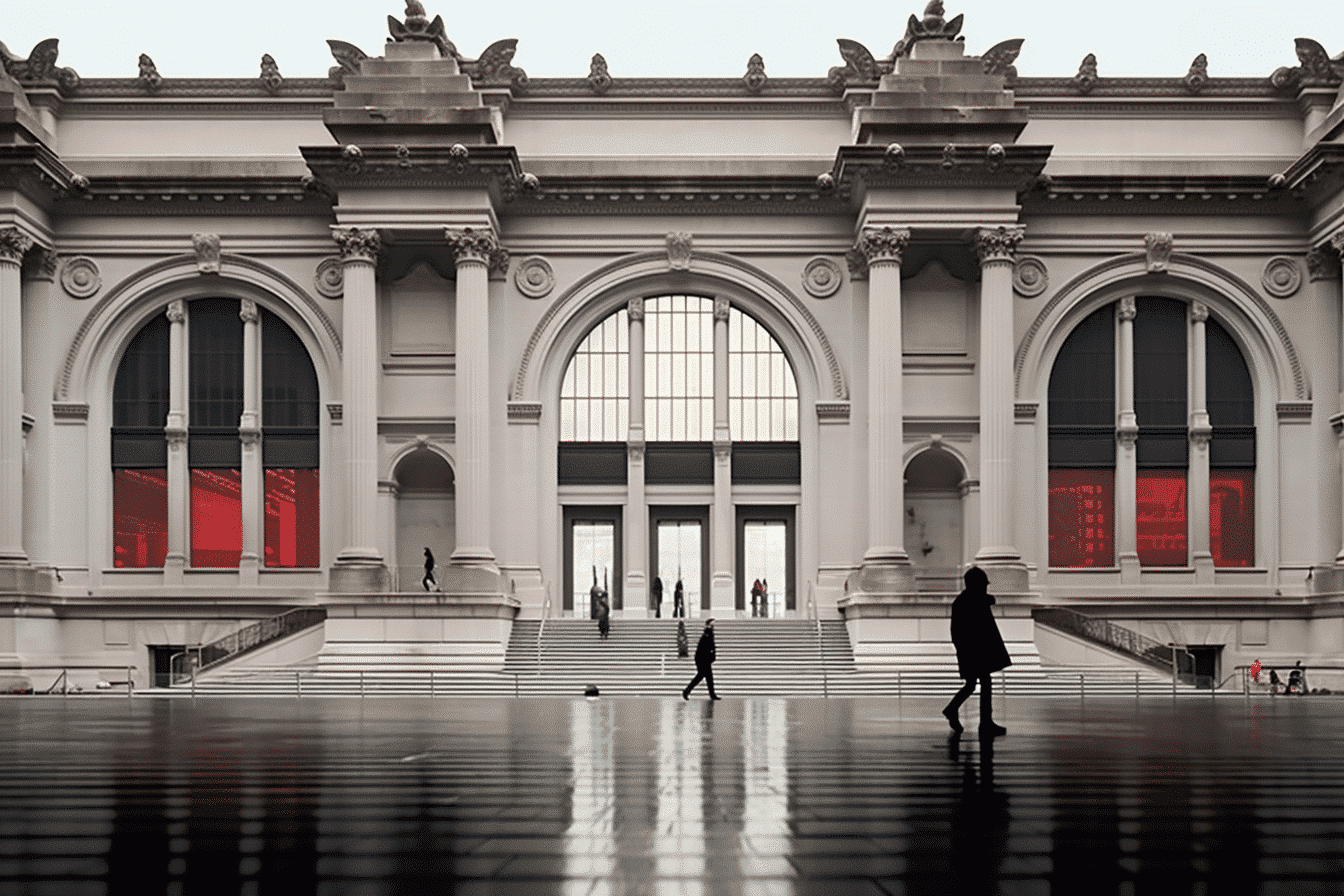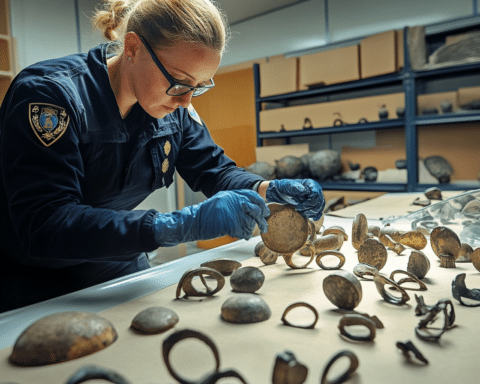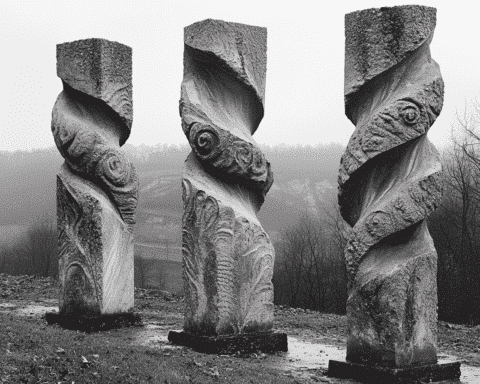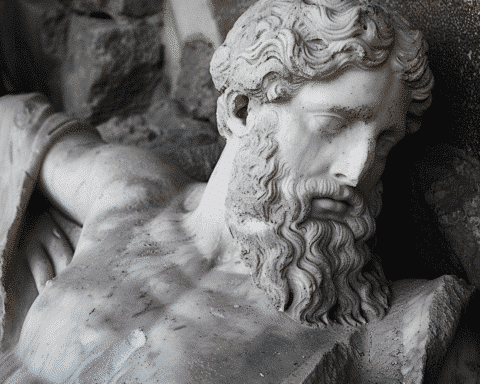The Metropolitan Museum of Art in New York City, a pinnacle of cultural preservation and art collection, has recently taken a significant step in rectifying historical wrongs. The museum announced the return of 16 Southeast Asian sculptures, intricately tied to a notorious art trafficking scandal. This decision underscores a growing ethical movement in art, emphasizing accountability and cultural sensitivity in curating and acquiring historical artifacts.
The Met’s move to repatriate 14 sculptures to Cambodia and two to Thailand is directly linked to the controversial activities of art dealer Douglas Latchford. Latchford, who faced charges of trafficking looted antiquities in 2019, was a key figure in a network that smuggled artifacts from war-torn regions in Southeast Asia to prominent global collectors and institutions.
The U.S. Attorney’s office in the Southern District of New York indicted Latchford for his role in supplying major auction houses and museums, including the Met, with these looted antiquities. The indictment also pointed out his practice of falsifying provenance documents. Latchford passed away in 2020, but his legacy overshadowed the international art market.
Max Hollein, the Met’s director and CEO, emphasized the museum’s commitment to ethical art acquisition, stating, “The Met has been diligently working with Cambodia and the U.S. Attorney’s Office for years to resolve questions regarding these works of art, and new information that arose from this process made it clear that we should initiate the return of this group of sculptures.”
The artifacts in question, hailing from the Angkorian period between the 9th and 14th centuries, embody Southeast Asia’s rich Hindu and Buddhist religious heritage. Their repatriation follows a dark history of looting, notably from significant Cambodian archaeological sites during the country’s civil unrest from the mid-1960s to the early 1990s.
The Met’s decision to return these invaluable pieces of history is more than a gesture of goodwill; it is a testament to the evolving conscience of the art world. This act sets a precedent for museums globally to reassess their collections, ensuring they reflect ethical acquisition practices and respect for cultural heritage. As institutions like the Met lead by example, the art community moves closer to a future where cultural artifacts are preserved and celebrated in their rightful contexts.




